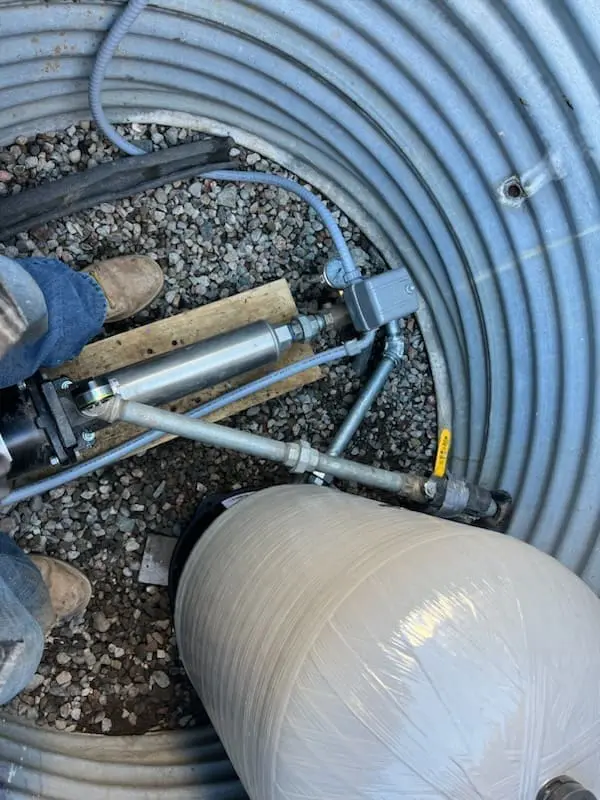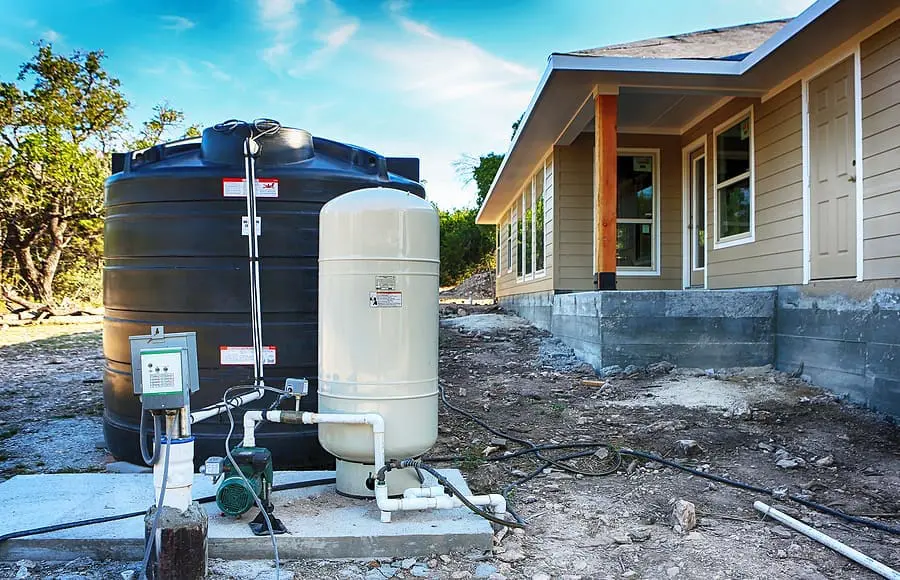What are the Pluses and Minuses of a Shared Well Agreement and What is a Shared Well?


In Santa Fe, NM, people often ask us the question; “What is a Shared Well and what are the Pros and Cons of having borrowed water?”.
A Shared Well is defined as a water well that serves water to 2 to numerous homes whether it be for domestic or irrigation purposes. A common well which serves more than four dwellings would generally be considered a community well.
How does a Shared Well Work?
Quite simply, a Shared Well is when two neighboring landowners want to make use of water from a shared well. The water rights are described in a legal contract known as a Shared Well Agreement. For transfer when home is sold or bought, the water rights described in the Shared Well Agreement must be disclosed and agreed upon in the closing documents.
The Pluses of a Shared Well
Savings Saving Money is often the largest advantage of a shared well. In Santa Fe and its environs, for instance, the price of a well that draws water from underground can exceed $20,000.
Oh, and splitting the cost of the Well or Well Pump Repair Expenses as well as other associated expenses like the water test can be very appealing too!
Plus, sometimes a property will need extensive alteration simply to permit drilling of a new well. One example would be a Septic System cannot handle a house expansion and a new well must be drilled in the back yard and the route to the viable area is blocked by fencing, trees or other obstacles many months and time, approvals and costs can be added to the well construction costs.
The Minuses of a Shared Well
Depotting=wasting=sharing How ever we also limit the Control of the resource every time we share a resource. In addition, because each well has a limit to the flow of water it can produce, the flow rate may be insufficient to satisfy all the users’ desired uses (e.g., domestic water use and irrigation).
… and finally sharing a well if not put into very precisely written and clearly written Shared Well Agreement, which in the end they also need to agree upon during a possible tense situation of not being able to agree upon amicably how their well site will then be operated?
What is a Shared Water Well Agreement? – Purchasing a Home with a Shared Well
A Shared Well Agreement is written and signed contract by two or more parties which outlines the different aspects of the ownership of well water. It should detail the uses of the water that is allowed and the conditions, including restrictions, of that use.
Shared Well Santa Fe, NM Guides
How to Write a Shared Well Agreement
A Shared Well Agreement is a detailed legal issue that can result in very expensive lawsuits if not completed meticulously. In any case, I’d recommend that you consult with a lawyer before signing anything.
Step One – Look Over a Sample Shared Well Agreement
Step Two – Review the Shared Well Agreement Terms
In your contract cover all aspects of well constuction, maintenance, repairs, replacement, utilization, restrictions, non-exclusive easement rights for access to well, emegencies, testing of water quality, assignment of ownership right, enforcing the contract and termination of it.
Such as, but not limited to, domestic but not agricultural or commercial and with irrigation between the hours of 1:00 a.m. and 5:00 a.m. only. Water use must not exceed 45% of the previously established maximum gallon-per-minute flow rate at any time.
Step Three
Take a look at our Santa Fe Ordinances and New Mexico Statutes regarding Well Construction and Water Use Permitting
You should consult with your local county or city government to provide assistance on any steps needed to obtain permits for your well construction and intended use. You’ll need a permit to construct a well, which is commonly issued by your local government, as well as a water-use permit from an area water management authority, or from a region’s water management authority, depending on how you’re using the water.
Step Four – Attorney Review
At least in your situation, this is what I would probably consider as your first step.
Other times, you may want to see one or more Shared Well Agreement samples to examine your situation. This may aid in your consideration of whether a Shared Well is something you would like to pursue and to be well informed before discussing with an attorney.
How to Handle a Disagreement Over a Shared Well Agreement
Unfortunately, disagreements occur. How to Solve a Shared Well Agreement The best manner for solving a shared well agreement is by doing the following: 1.
If you have a Shared Well Agreement read the terms on your agreement carefully. Of course, make sure you are absolving yourself of any written terms of the contract.
If there are some items that the terms are unclear on it’s that very item that is causing the dispute, suggest to your neighbour that there are something items you can’t define in words and how do they think we should resolve it. This let them know you appreciate their opinion and it sets up the recipient for reciprocal, open and two way communication.
Think about what you might be willing to gently bend on.
If your concern is over-use of either pump have a well technician do a well flow rate test and measure the maximum flow of the well then decrease that flow by some safety margin, e.g. safe around 10% below maximum flow, to be sure never to damage the well pump or pumps. Let a well repair person install flow control devices, where needed, to divide the remaining amount of water between the two homes.
If you can’t work out a fair arrangement with your neighbour perhaps you suggest (proposition) that your neighbour and you bring a “legal advocate” (leagally qualified independent 3rd party) into the picture who can help resolve the issue without the mumbo-jumbo expense of litigation.
Before you get into a law suit, I suggest the sensible approach of suggesting that there be an amicable agreement to share the cost of each house transitioning to its own private well.
Getting out of A Shared Well Agreement
Talk to your neighbor about cancelling the contract. The party who is terminating pays typical costs to disconnect their water off the shared system and for any restoration of the property, which needs to occur as a result of the work to be terminated.
Be sure to prorate the remaining parties shared liability by percent of ownership.
In a Termination of the Agreement, you could describe the amount of time (days or months) it will take until the termination date to build a new private well or hook up to a municipal water supply.
If these specifics and other pertinent language for termination were not specifically provided for in you original Shared Well Agreement consult with a lawyer before proceeding.
Final Thoughts
In the right situation, a shared well can be a great boon for multiple parties. A well-drafted Shared Well Agreement is a key part of working together, making certain that each party involved knows what their role and responsibilities will be in the arrangement.